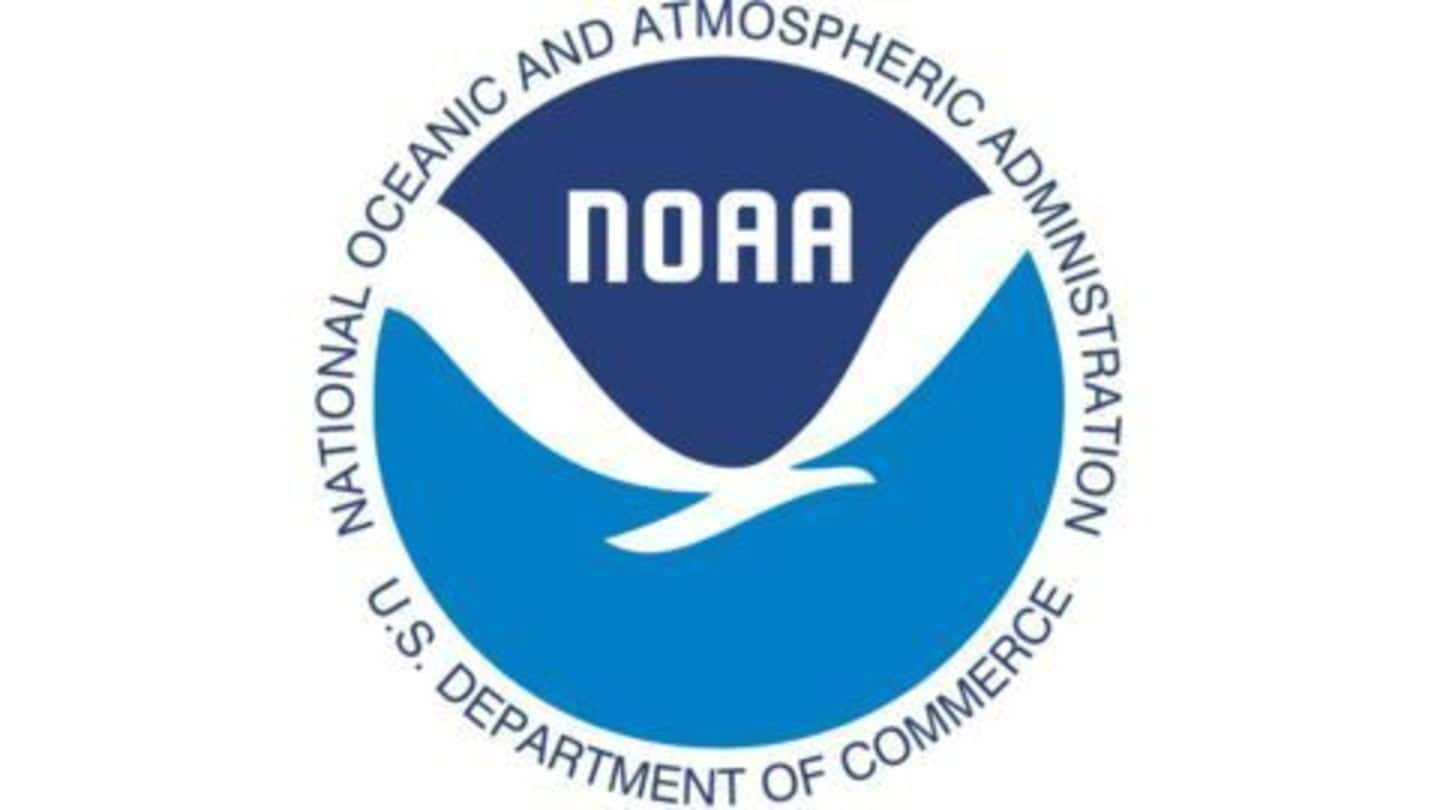
State of Climate Report: 2015 warmest year on record
What's the story
State of the Climate report, led by US National Oceanic and Atmospheric Administration documented 2015 as surpassing 2014's temperature records, and breaking records for sea levels, greenhouse gas concentrations and extreme weather events. It highlighted worrying global after-effects, including drought, heat-waves and wildfires. The report said 2015 was the first year when Earth was 1.0 degree Celsius warmer than pre-industrial times.
Information
State of the Climate Report 2015
The peer-reviewed 300-page report was produced by more than 450 scientists from 62 countries which will be published in the Bulletin of the American Meteorological Society. It examined 50 different aspects of climate, including the melting of Arctic sea ice and glaciers worldwide.
Report Details
Global atmospheric Carbon Dioxide concentrations
The annual average atmospheric CO2 concentration surpassed 400 parts-per-million for the first time at Mauna Loa, Hawaii which is the site of the longest-standing measurement of atmospheric CO2. A continued increase in greenhouse gas production was responsible, leading to increased global temperatures. More than 90% of greenhouse gas heat-energy is absorbed by the oceans, causing temperature spikes at the surface and in the depths.
Report Details
Global sea levels and groundwater levels
The world's groundwater storage levels were at their lowest-ever. Global sea level was at its highest-70mm above the 1993 average, ie when satellite measurements began. The Greenland ice-sheet, which would boost sea levels by 7mm if it collapsed entirely, saw melting of 50% of its surface in 2015. In the past 2 decades,sea level has increased at an average rate of 3.3mm per year.
Effects
Heat waves experienced by different countries
Twelve countries including Russia and China witnessed 2015 as their individual hottest year. More than 1,000 people died in a heat wave in Pakistan in June 2015. Ethiopia experienced extreme drought conditions which left millions hungry. A large part of Indonesia was blanketed by smoke from vast forest fires. Severe drought areas increased from 8% in 2014 to 14% in 2015 globally.
Report Details
Effects on flora and fauna
According to scientists, in the Arctic region where August 2015 temperatures were a staggering 8 degrees Celsius higher than the long-term average, walrus, polar cod and gelatinous snail fish populations were all hugely affected. A harmful algal bloom afflicted regions such as the northeast Pacific coast, which was found to be 2 degree Celsius warmer than the average.
Report Details
Effects of El Nino
The 2015 annual global surface temperature and the average sea surface temperature recorded highest warmth and broke the previous mark set in 2014. Parts of the northeast Pacific and eastern Equatorial Pacific recorded highest temperature departures from average due to dominant El Nino conditions. A general increase in the water cycle, combined with the strong El Nino, enhanced precipitation variability around the world.
Quote
Major Cuplrits: El Nino, warming
The report blamed the twin-effects of global warming and "one of the strongest El Nino events Earth has experienced since 1950," concluding that 2015 reflected continuing trends of a warming planet.